Throughout the morning, Santana and Westbrook led more than 25 Andover faculty members through a workshop designed to examine the whys and wherefores of question patterns in their classrooms:
- How often do your students ask questions?
- Do all students in your classes ask questions?
- How do you differentiate between a question that will take you on a journey and one that will lead to a dead end?
- In your classes, who decides which questions to follow and which to abandon?
- How can you alter your classroom approach to help students ask their own questions and become more engaged learners?
They also shared RQI’s proven methodology, the Question Formulation Technique (QFT), “a simple but rigorous step-by-step process created by the Right Question Institute to help all people—students and adults — formulate, work with, and use their own questions.”
Tang Fellows José Peralta and Cath Kemp, both Andover biology instructors, had invited Santana and Westbrook to campus. “Cath and I were in the process of rethinking the Bio 100 curriculum,” Peralta says, “and the QFT was an exciting opportunity for us to think about the ways in which we could help all students feel seen and heard in our classrooms. We knew that inquiry-based teaching was the direction we wanted to follow with the new curriculum, and the QFT complimented that goal perfectly.”
After lunch, Santana and Westbrook led attendees through a session that allowed them to apply the QFT to future lesson plans specific to their courses. A number of faculty followed through immediately, and the results were overwhelmingly positive.
- MJ Engel, Teaching Fellow, English Dept: “I used the QFT my very first class after the workshop. In English 200, we are beginning our unit on personal narrative and our stories. Following the QFT process, I prompted my students with a quote from Hamilton, “Who lives, who dies, who tells your story?” and let them take the lead from there. After generating lists that included upwards of 30 questions, students chose three that they considered most important for them as writers. We will use the final nine questions to frame our exploration into personal narratives and will check in at the end of each class to reflect on our learning.”
- Cath Kemp: “Today in class I rolled out the QFT for my 9th graders and it went pretty well. I was surprised by how deeply they got into the Basic Skill Attainment Over Time graphic and started asking about how they could design experiments to follow up on understanding this pattern. It also spurred a lot of deep reflection on the education system and — I hope — some intellectual rebellion, my favorite when they can wake up and think for themselves! So functional and immediately actionable.”
“Folks who attended the workshop,” Peralta says, “have already used the QFT to kickstart parietal talks in their dorms, to drive conversations in their Empathy-Balance-Inclusion classes, and to help students design their own labs in Biology 100.”
The biggest takeaway for Peralta? “The QFT does not put a limit on how creative a student can be if they’re given the opportunity.”
RESOURCES [recommended by Santana & Westbrook]





